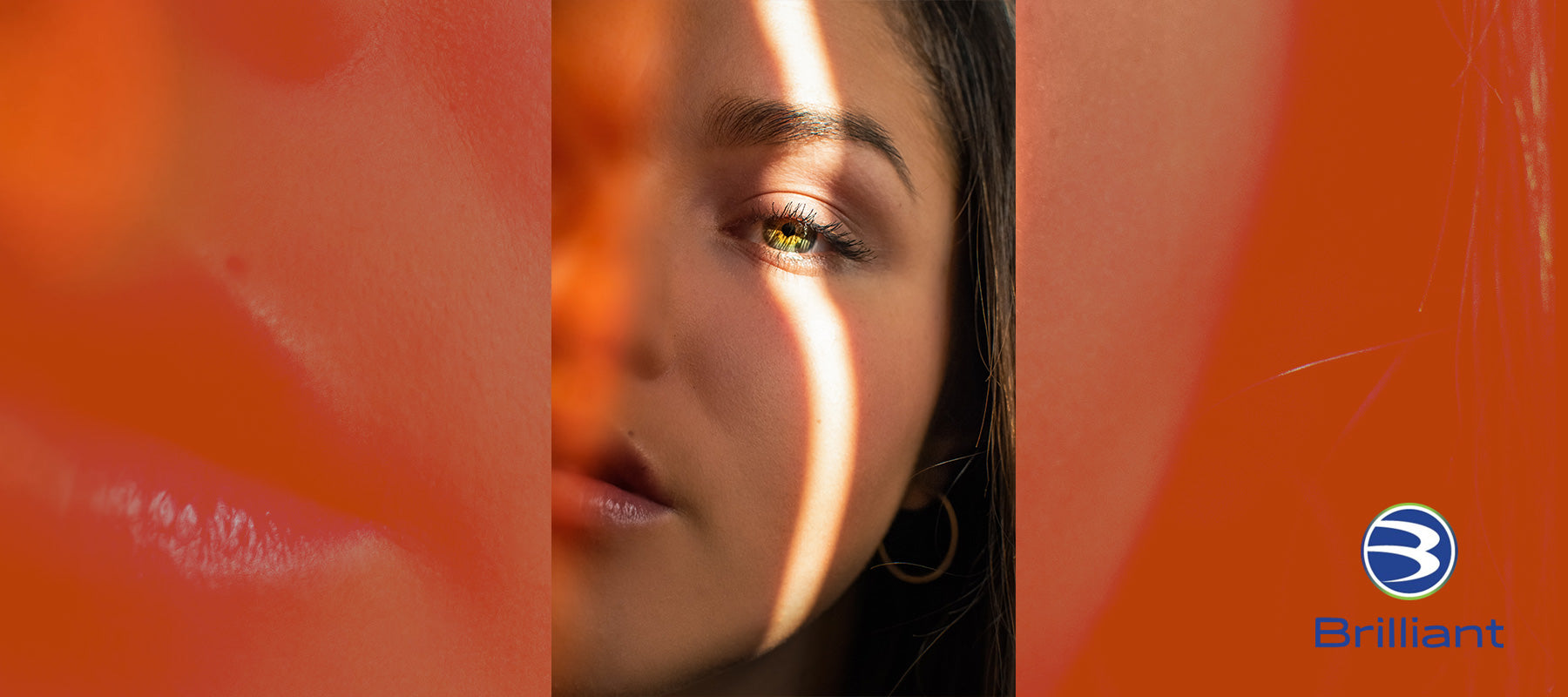- Phone: 1.404.373.4030
- Opening Hours: Mon-Fri 9AM-5PM Eastern

DISCLOSURE: Noelle Copeland RDH is an Oral Care Specialist and Dental Consultant who provides content for Brilliant Oral Care and Baby Buddy.
Using an electric toothbrush can benefit your oral health in many ways. Electric toothbrushes remove more plaque and bacteria by utilizing frequencies of VPM (vibrations per minute); they also provide irrigation with gum massage, and certain models do all the work for you as you drive the brush around your mouth. But misusing an electric toothbrush can do damage to your teeth and gums. If you already have sensitive teeth, an electric toothbrush for sensitive teeth is a viable option, but it has to be used correctly to be effective. The same applies to a children’s electric toothbrush. Supervision is always required, but brushing technique is just as important.
Each electric toothbrush should have specific instructions created by the manufacturer included for your education. These instructions should come with the brush, but you can quickly look them up online if you don’t have them.
It’s easier to use an electric toothbrush head past its expiration time; for one reason, they are more expensive to replace, so I find that some will try and push the usage past a reasonable time frame. Any toothbrush needs to be regularly rotated every three months and sooner if the bristles are worn. Something to consider from the opposite side of the table is; if you are wearing your bristles down before a 3-month mark, you need to ponder that you may be brushing too aggressively. It’s best to consult with a dental professional to confirm this and go over this concern.
Some people are just heavy-handed brushers. They do a great job scrubbing away the plaque on their teeth, along with scrubbing away their tooth enamel. That applies to manual toothbrush users and electric toothbrush users. However, pressure per square inch amplifies if you are using an electric toothbrush. Most dentists will not recommend an electric toothbrush to patients with chronically sensitive teeth, recession, or severe gum issues.
On the other side is not using enough pressure, and this comes into play quite often for kids who get the brush in their mouth but end up doing minimal “brushing” with it. Parental supervision is necessary. My recommendation is:
If you were looking for the best way to establish an effective home care routine, you’ve found the right place at Brilliant Oral Care. Our patented round head toothbrush not only removes the plaque on teeth, it simultaneously cleans and removes the plaque and bacteria found on the cheeks, gums, teeth, and tongue. If you want to start oral care for your child with the best kids electric toothbrush, look no further than Brilliant Oral Care. It’s the soft bristle electric toothbrush that makes all the difference in performing oral care for sensitive teeth and gums, being gentle yet effective. Don’t forget to #BRUSHBRILLIANT.
© 2021 Compac Industries. All rights reserved. This article provides information about “oral health topics” as expressed through the perspective and experience of the author. The information provided does not substitute professional advice or counsel, including diagnosing or treating any condition. Always seek the advice of your dentist or another qualified healthcare provider with any questions you may have regarding a medical condition, an oral condition, an illness, or treatment of any listed or unlisted situation above. By using this site, you signify your assent to our Terms and Conditions. If you do not agree to all of these Terms and Conditions, do not use this site.
Noelle Copeland RDH is an Oral Care Specialist and Dental Consultant who provides content for Brilliant Oral Care and Baby Buddy.


DISCLOSURE: Noelle Copeland RDH is an Oral Care Specialist and Dental Consultant who provides content

DISCLOSURE: Noelle Copeland RDH is an Oral Care Specialist and Dental Consultant who provides content

We believe that all people are fearfully and wonderfully made and designed in the womb for a grand purpose.
Useful Links
Copyright © 2023 Compac Industries | All Rights Reserved.